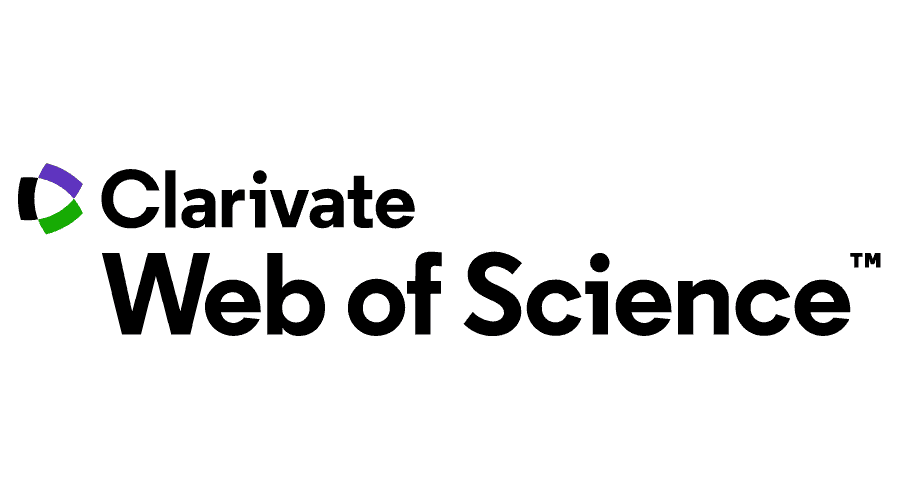Abstract
To ensure the health and safety of their workforce and protection of their assets and the environment, a global oil and gas company operating in Indonesia requires comprehensive identification and evaluation of job hazards that were included in work permitting process prior work execution in the field. Based on 20 data points obtained in August 2013, start-working time for contractors who worked for Capital Project Management (CPM) Team in Facility B was in average at 09.05 a.m. The aim of this paper is to present how the firm implemented Lean Six Sigma to reduce non-added value activities while fulfilling to its safety requirements and to share lessons learned from practical and theory testing perspective. The methodology used is Lean Six Sigma’s DMAIC (Define, Measure, Analyze, Improve, Control) as mandated by the corporate policy of the firm. This research adopts a mix-methods approach, by using both qualitative and quantitative data. This study was a one year longitudinal study of the Lean Six Sigma implementation to improve contractors’ work preparation process. The improvement resulted in reduction of non-value added activities and successfully increased the available working time per day by 59.3 minutes in average. The results of this case study reconfirm Lean Six Sigma as a good management theory since it shows a consistency between the theory and the real practice in a global oil and gas company in Indonesia.
Recommended Citation
Kusnadi, Asana and Yudoko, Gatot
(2016)
"Contractor Work Preparation Process Improvement Using Lean Six Sigma,"
The South East Asian Journal of Management: Vol. 10:
No.
1, Article 1.
DOI: 10.21002/seam.v10i1.5781
Available at:
https://scholarhub.ui.ac.id/seam/vol10/iss1/1
Included in
Management Information Systems Commons, Management Sciences and Quantitative Methods Commons












